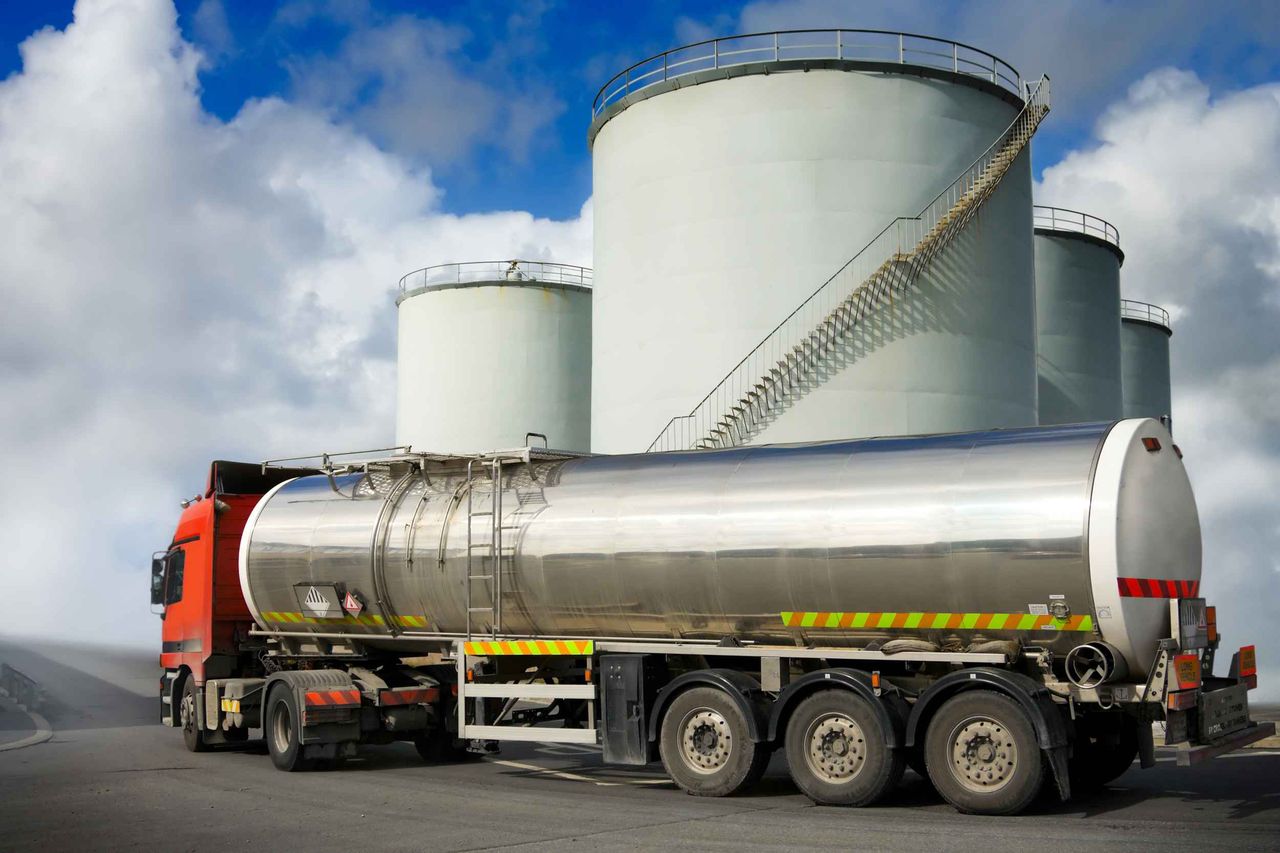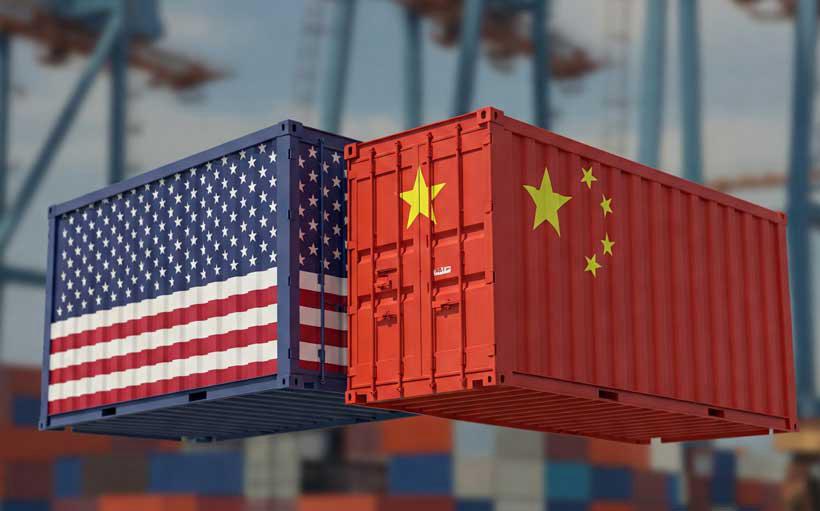Namibia imported goods worth N$12.2 billion in February, with petroleum oils at the top, accounting for 12.7% of total imported goods.
The Namibia Statistics Agency (NSA) trade bulletin for February, issued on Thursday, reflected a decline of 9.3% in imports from N%13.4 billion recorded in the preceding month.
The NSA indicated that the top-five commodities imported into Namibia jointly accounted for 26.9%, motor vehicles for commercial purposes accounting for 4% were in second position, while inorganic chemicals representing 3.7% took third position.
Nickel ores and concentrates amounting to 3.4% were in fourth position, while ores and concentrates of base metals came out at 3.2% in fifth position.
The report indicated that India, Norway and The Netherlands were the largest import markets for petroleum oils, while motor vehicles for the transportation of goods were mainly sourced from South Africa and China.
Inorganic chemical elements were mostly sourced from the Democratic Republic of Congo (DRC), while nickel ores and concentrates were sourced from Zambia.
Ores and concentrates of base metals were largely sourced from the DRC.
The NSA further indicated that the Southern African Customs Union was Namibia’s largest market for imports, accounting for 40.1% of total imports, which were primarily made up of motor vehicles for commercial purposes, sugars, molasses, honey and maize.
It continued that Brazil, Russia, India, China and South Africa (Brics countries) emerged second with a share of 21.4%, supplying the country mostly with petroleum oils, motor vehicles for commercial purposes and wheat, while the Organisation for Economic Cooperation and Development came in third position with a share of 18.7% of all goods imported.
Meanwhile, the Common Market for Eastern and Southern Africa and the Southern African Development Community occupied the fourth and fifth positions accounting for 10.6% and 10.2%, respectively.
“Road transportation was the most used mode of transport for imports during the month under review, valued at N$7.5 billion, representing a 61.6% share of all goods. Sea transportation came second, accounting for 35% of mostly petroleum oils, while 3.3% of total goods reached Namibia via air,” it noted. – Nampa
Stay informed with The Namibian – your source for credible journalism. Get in-depth reporting and opinions for
only N$85 a month. Invest in journalism, invest in democracy –
Subscribe Now!










